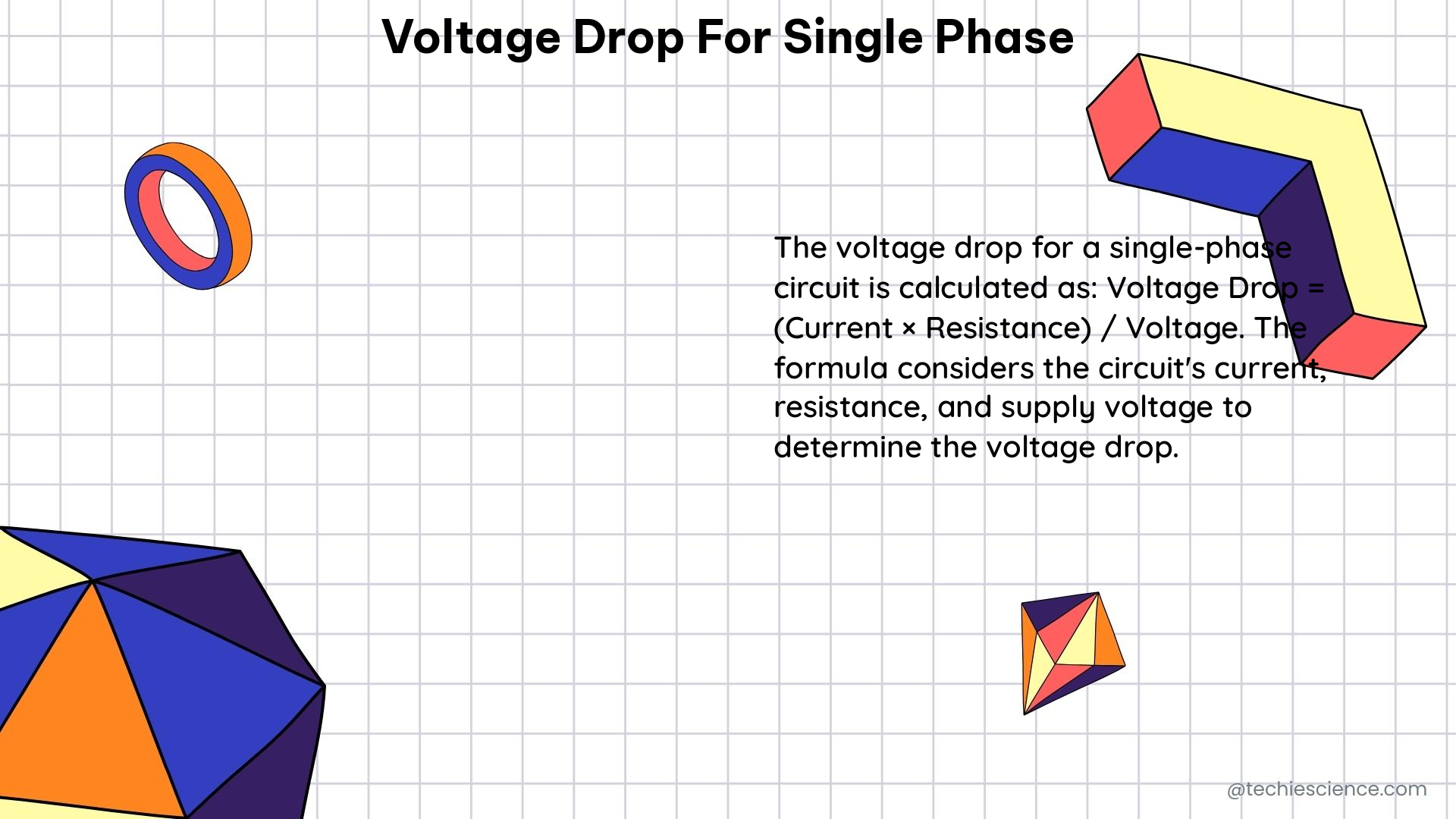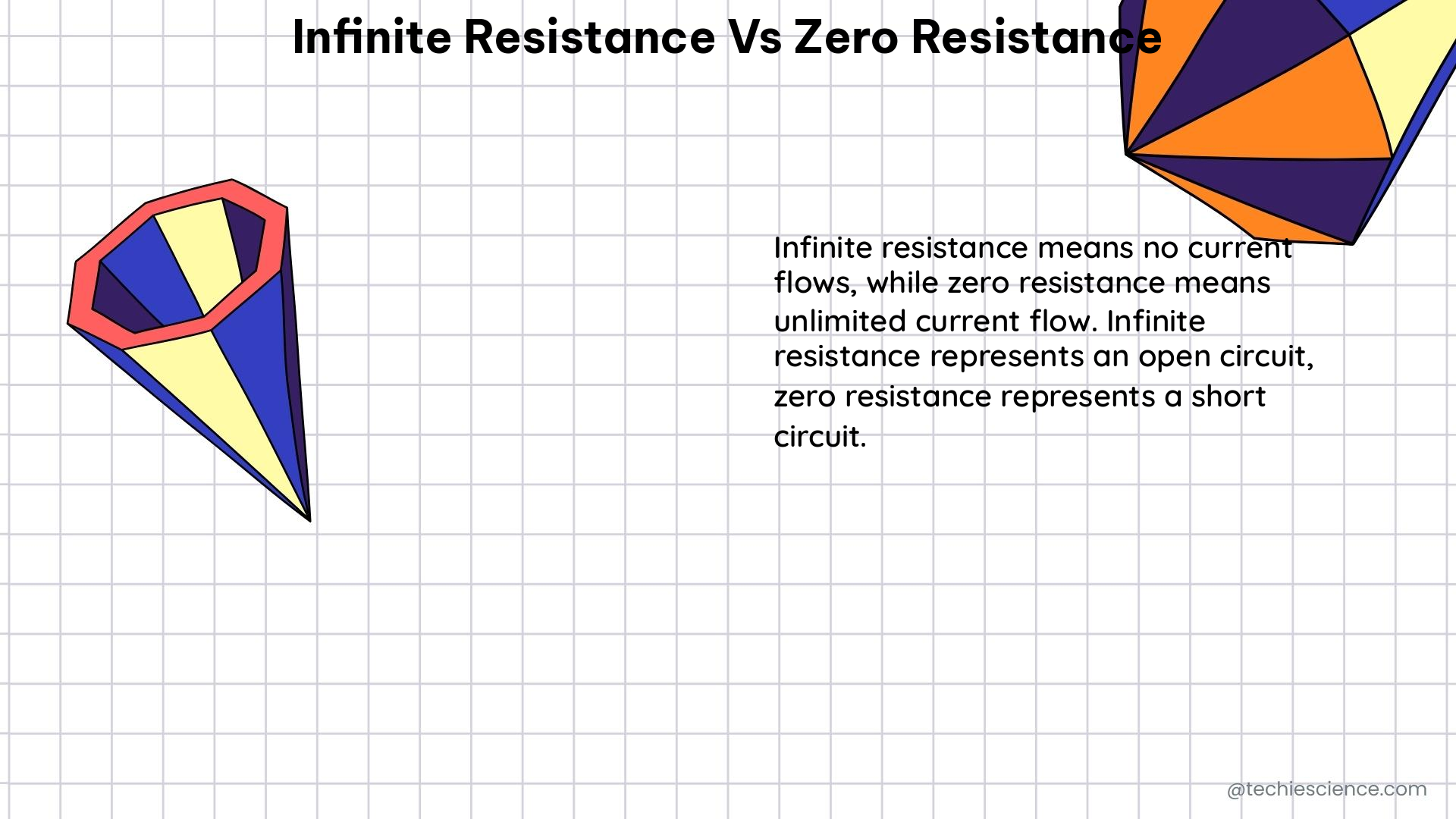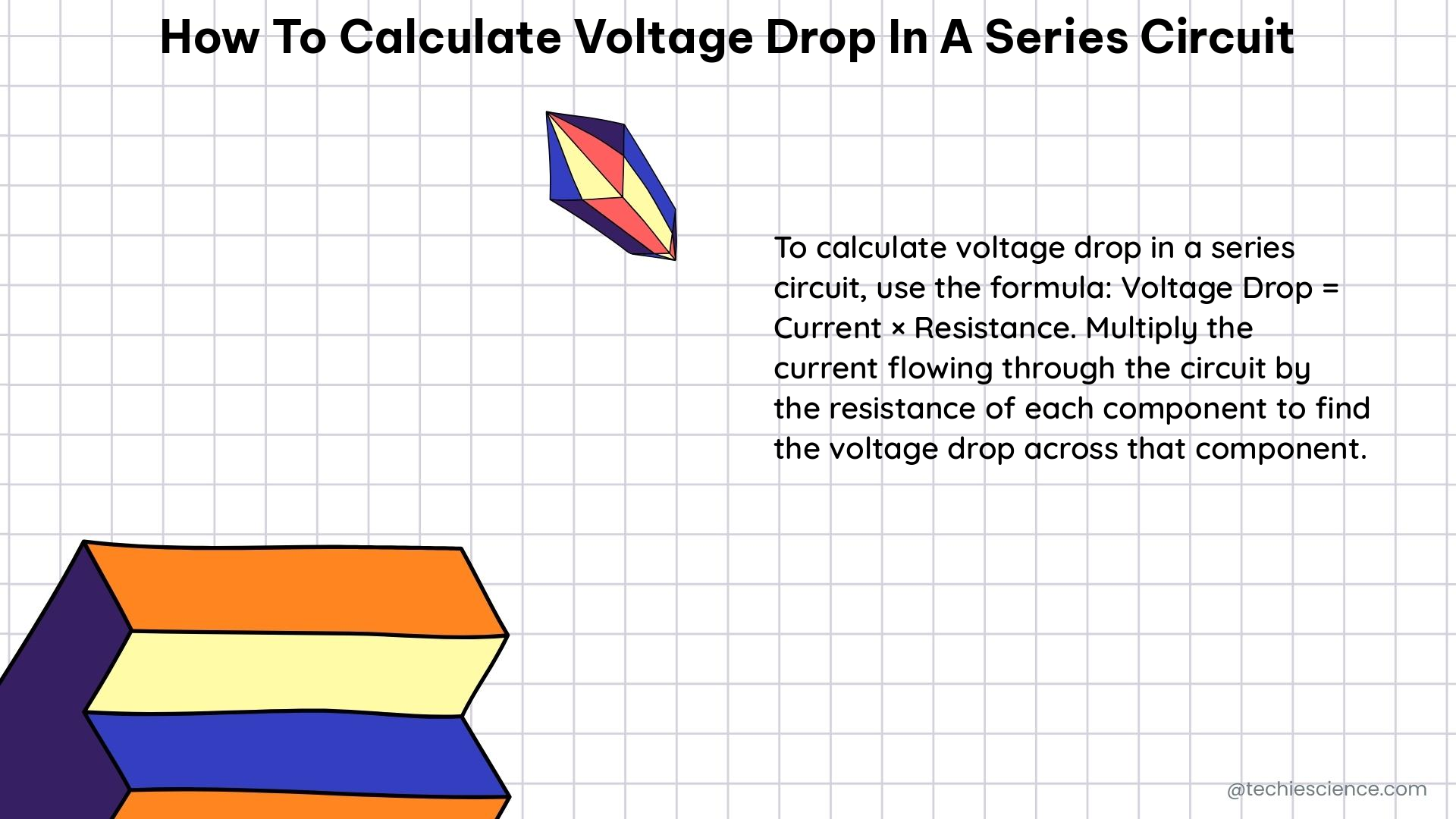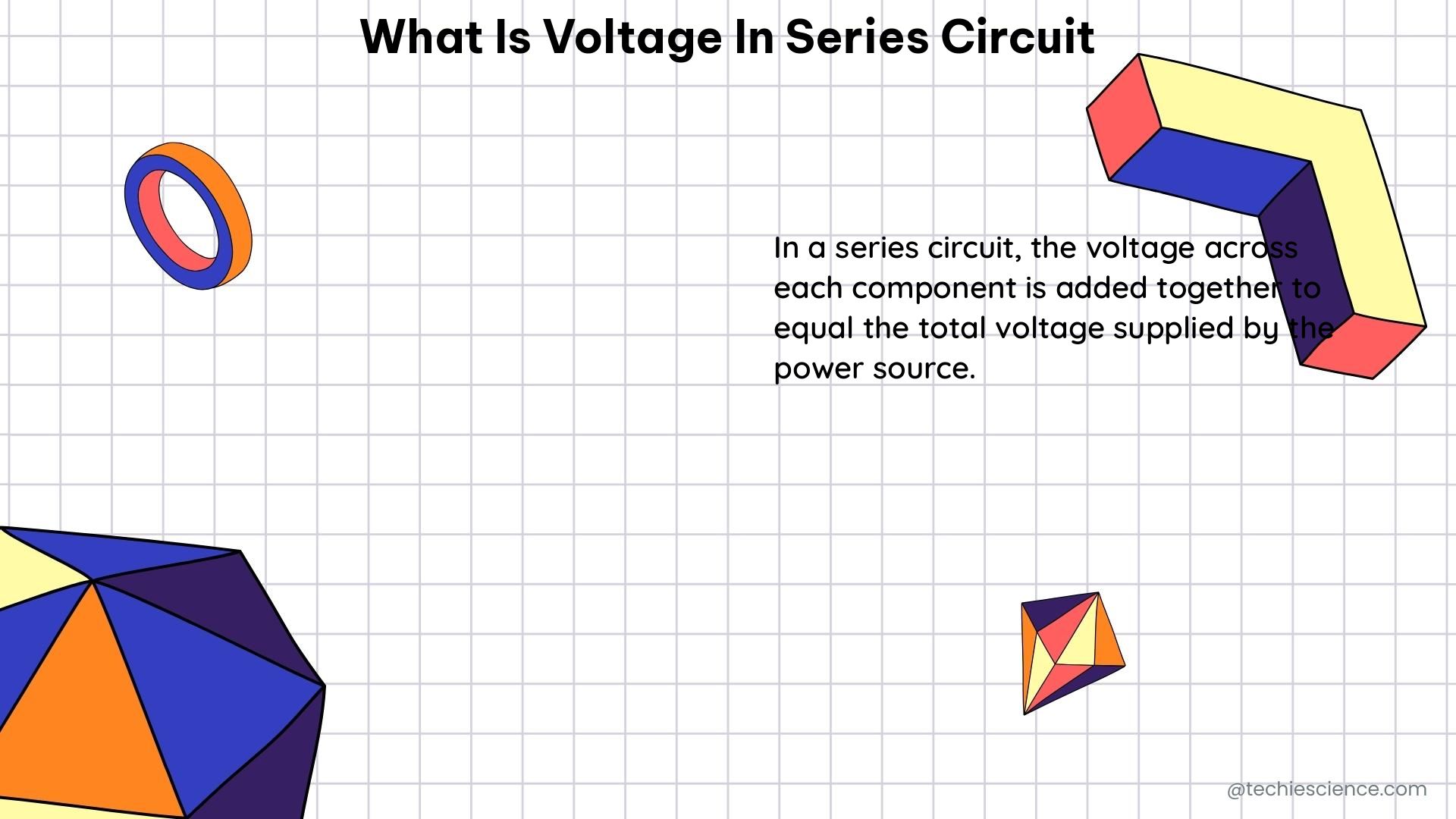Voltage drop in cables is a critical factor in the design and operation of electrical systems, as it can significantly impact the efficiency, energy consumption, and performance of electrical equipment. This comprehensive guide will delve into the technical details of voltage drop calculations, providing you with the knowledge and tools to ensure optimal cable selection and system design.
Understanding Voltage Drop in Cables
Voltage drop is the difference in voltage between the two ends of a cable, caused by the resistance of the conductor material. This voltage drop can lead to reduced efficiency, increased energy consumption, and even equipment failure if not properly addressed.
The formula for calculating voltage drop in a DC circuit is:
Voltage Drop = 2 x Route Length x Current x Resistance x 10^-3
For example, in a 3-phase system with a load of 1000A and a route length of 150 meters, the voltage drop using a 35mm copper conductor PVC SWA PVC cable would be 16.5 volts.
Factors Affecting Voltage Drop
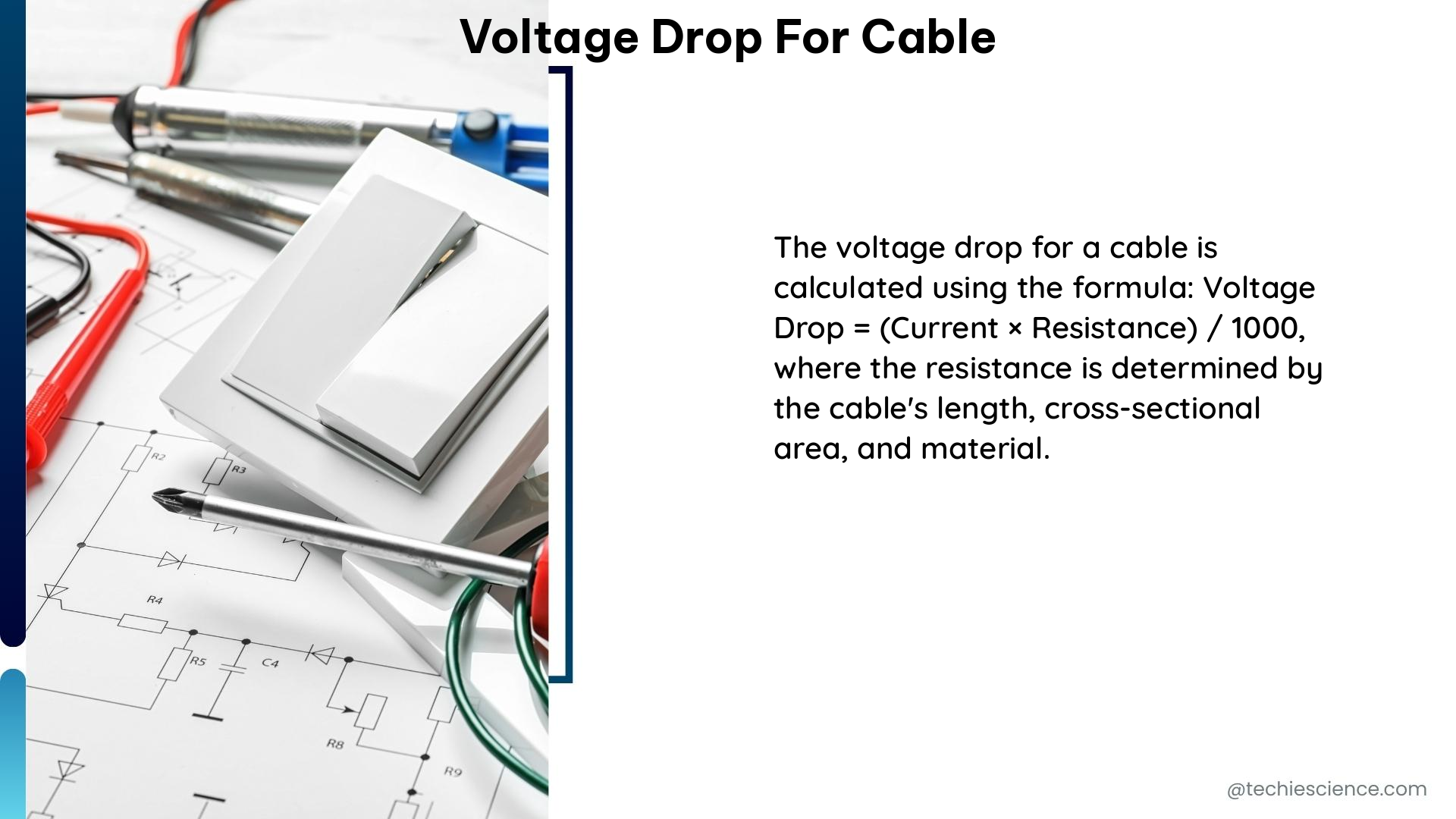
Several factors can influence the voltage drop in a cable, including:
- Cable Length: The longer the cable, the greater the voltage drop.
- Current: The higher the current flowing through the cable, the greater the voltage drop.
- Conductor Material: The resistance of the conductor material, such as copper or aluminum, affects the voltage drop.
- Cable Size: The cross-sectional area of the conductor, measured in square millimeters (mm²) or American Wire Gauge (AWG), impacts the voltage drop.
- Installation Method: The way the cable is installed, such as in a cable tray, conduit, or direct burial, can affect the voltage drop.
Calculating Voltage Drop
To calculate the voltage drop in a cable, you can use a voltage drop calculator or the formula mentioned earlier. The calculator typically requires the following inputs:
- Cable length
- Current flowing through the cable
- Conductor material (copper or aluminum)
- Installation method (cable, conduit, or direct burial)
The calculator then provides the minimum conductor size, maximum circuit distance, voltage drop, and other relevant parameters.
For example, using the Southwire Voltage Drop Calculator, for a 120-volt circuit with a current of 30 amps and a cable length of 100 feet, the minimum conductor size would be:
- Copper: 10 AWG
- Aluminum: 8 AWG
The maximum circuit distance would be:
- Copper: 350 feet
- Aluminum: 400 feet
The voltage drop would be:
- Copper: 3.2 volts
- Aluminum: 3.8 volts
Voltage Drop Tables and Calculations
Voltage drop tables provide the voltage drop per ampere per meter for various conductor sizes and arrangements. These tables can be used to quickly estimate the voltage drop for a given cable configuration.
For example, for a 25mm copper conductor in a flat arrangement, the voltage drop would be 1.357 mV/A/m.
To calculate the voltage drop using the formula, you can use the following steps:
- Determine the cable length, current, and conductor material.
- Look up the resistance value for the given conductor size and material.
- Plug the values into the formula:
Voltage Drop = 2 x Route Length x Current x Resistance x 10^-3
By using voltage drop calculators, formulas, and tables, you can ensure that the cable size, length, and material are appropriate for the given current and voltage requirements.
Voltage Drop Limits and Regulations
It is important to note that the voltage drop must be within the acceptable limits specified by the IEE Regulations, which is 2.5% of the system voltage for both 3-phase and single-phase working.
Exceeding these limits can lead to various issues, such as:
- Reduced efficiency and increased energy consumption
- Overheating and potential equipment failure
- Voltage fluctuations and poor power quality
Measuring Voltage Drop
To measure the voltage drop in a cable, you can use a multimeter. The process typically involves the following steps:
- Identify the cable or circuit you want to measure.
- Connect the multimeter’s positive lead to one end of the cable and the negative lead to the other end.
- Turn on the multimeter and select the appropriate voltage range.
- Record the voltage reading, which represents the voltage drop.
Alternatively, you can use a dedicated voltage drop tester, which is designed specifically for this purpose.
Conclusion
Voltage drop in cables is a critical factor in the design and operation of electrical systems. By understanding the factors that affect voltage drop, using voltage drop calculators and tables, and adhering to regulatory limits, you can ensure that your cable selection and system design are optimized for efficiency, reliability, and performance.
References:
– Southwire Voltage Drop Calculator – https://www.southwire.com/calculator-vdrop
– CSE Distributors Voltage Drop Calculations – https://www.cse-distributors.co.uk/cable/technical-tables-useful-info/voltage-drop-calculations.html
– DIY Solar Power Forum – How to Measure Voltage Drop on Wire – https://diysolarforum.com/threads/how-to-measure-voltage-drop-on-wire.3594/
